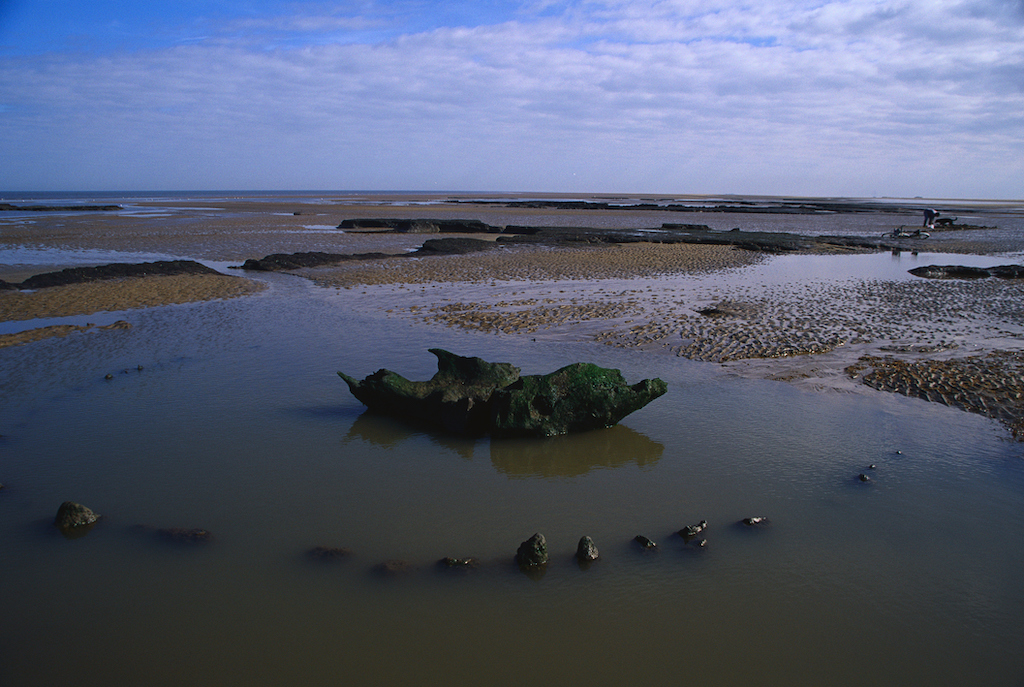
A prehistoric timber circle on the Eastern coast of England’s country Norfolk known as “Seahenge” may have been constructed to perform rituals intended to curb severe weather, according to Heritage Daily.
The article cites a study recently published by the international academic journal GeoJournal, which posits that the monument, along with its larger sister structure Holme II, located just 109 yards away, was built during a time when abnormally long and severe winters interfered with ritual practices.
The monuments consist of an upturned tree root surrounded by 55 small split oak trunks. Both structures were built during the early Bronze Age.
“We know that the period in which [the monuments] were constructed 4,000 years ago was a prolonged period of decreased atmospheric temperatures and severe winters and late springs placing these early coastal societies under stress. It seems most likely that these monuments had the common intention to end this existential threat but they had different functions,” scholar David Alexander Nance wrote in the study.
Previous theories held that Seahenge and Holme II were constructed as burial markers or for sky burials, a ritual practice in which a dead body would be placed naked atop a high structure and covered by a net. Birds would consume the flesh of the deceased leaving only the bones.
Nance explained that the Seahenge’s alignment with the rising sun during a summer solstice suggests that it was a symbol that may have represented a cage for a young cuckoo bird.
According to Nance, the summer solstice was when the cuckoo, a folklore symbol of fertility, traditionally stopped singing. When the bird returned to the “Otherworld,” the summer went with it. The cage, then, was meant to keep the unfledged bird in a pen and therefore to prolong the summer.
